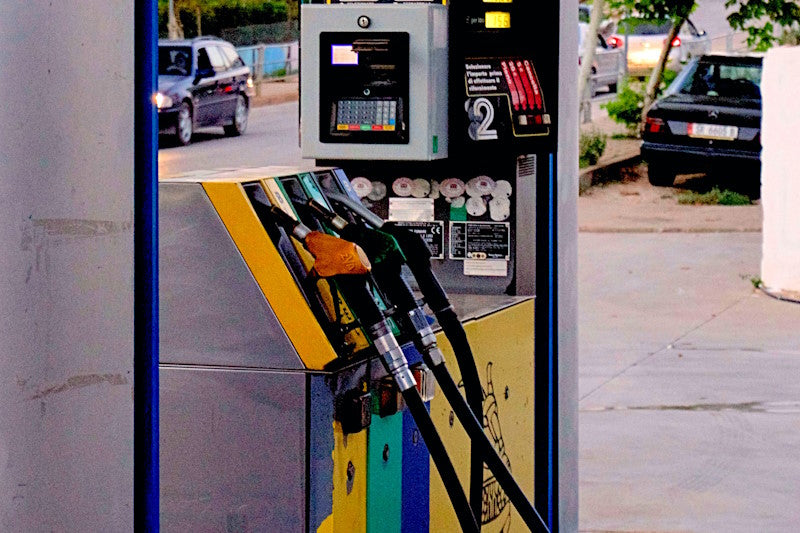Smoke goes into meats to add and enhance flavor, but the smoke that comes from wildfire doesn’t make anything taste better. Wine made from grapes exposed to wildfire ends with unpleasant smoky notes in the final product. So it follows that we may wonder why a campfire doesn’t turn the nose in the same way that wildfire smoke does. It turns out there are a few interesting reasons.

Tasty chemicals are fragile
Lignins are what plants use to hold themselves up. They are very large but not very complex molecules that are also the primary source of fuel when plants burn. The products of burning lignin are in the millions, but together contain the smells of smoke we are used to. Some very delicious and good-smelling chemicals that occur naturally in food can spontaneously result from the process, like the vanillin that is usually in vanilla and smells like baking cookies, or cyclotene, which does the same for maple syrup.
These chemicals are fairly fragile compared to a lot of the other components of smoke. Vanillin, for example, has a half-life of about 14 hours in the air, and even shorter in direct sunlight. That means if the smoke takes a day or two to get to you, there won’t be much vanillin left. This leads us to the next section on what longer-lasting chemicals survive the journey.

Toxic chemicals are tough
The more toxic products from lignin combustion also number in the millions, many of which don’t last much longer than vanillin. However, wildfire produces some very toxic and carcinogenic substances like formaldehyde, benzene, and many different PAHs (polycyclic aromatic hydrocarbons). PbF, or benzo[b]fluoranthene, one of the most common PAHs, has an atmospheric half-life of 21 hours, and formaldehyde has an atmospheric half-life of around 45 hours, which gives both of them plenty of time to traverse the atmosphere and get inside your home. The most insidious of the group is benzene, which has a half-life of a little more than two weeks, so any wildfire smoke you encounter will have most of the benzene it started with.
The most interesting part is what the toxic chemicals do to the smell of smoke. While the tasty chemicals occur in food, these others have an unpleasant industrial smell. PbF smells a lot like chlorine, formaldehyde is the plasticky smell of preserved specimens in jars, and benzene is literally the smell of gasoline.
That is why wildfire smoke just doesn’t smell “good” like a campfire, most of the delicious and good-smelling chemicals are destroyed by the atmosphere first, leaving behind the nastier ones. As a result a distant fire can smell plasticky or otherwise noxious and unpleasant.

What to do about the smell of smoke
If your home or clothes smell like wildfire smoke, you need to clean surfaces and clean the air. Hard, non-porous surfaces don’t hold much smell, but on furniture, carpet, or clothing, vinegar or baking soda are great to break down odorous molecules and the hazards they may bring. Vinegar is a mild acid and baking soda is a mild base, so they can attack a smell from multiple chemical angles. Don’t mix them, though! After the carbon dioxide gas bubbles off, the resulting liquid is a neutralized solution without much cleaning power.
If your air smells like smoke, get a purifier specialized to handle VOCs, or volatile organic compounds, which includes the vast majority of smelly molecules. Activated carbon filters will be the quickest, but keep in mind they can get “filled up” with wildfire stink so after any intense episodes it might be a good idea to replace the filter.
Molekule’s PECO technology has also been proven to destroy VOCs, and we’ve done testing specifically on many of the components in wildfire smoke. Our PECO-HEPA TriPower filters come with plenty of carbon and also a HEPA filter to grab particles out of the air. Add in that Molekule Air Pro can also tell you about the pollutant concentrations in the room and automatically react to them, and it offers quite a bit of protection against wildfire smoke.
Header image of the Space Needle with Wildfire smoke by Patty Zavala on Unsplash, photo of cookies by Backen.de and photo of fuel pumps by Ingo Joseph.












